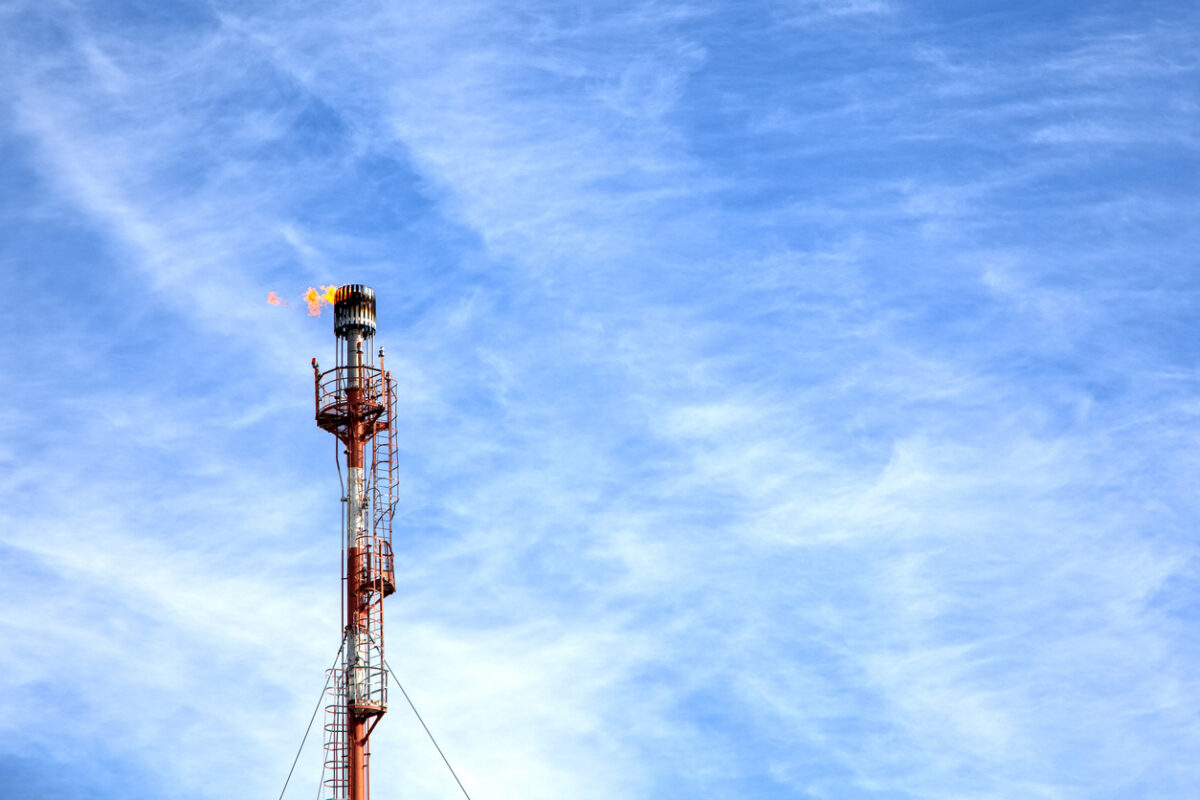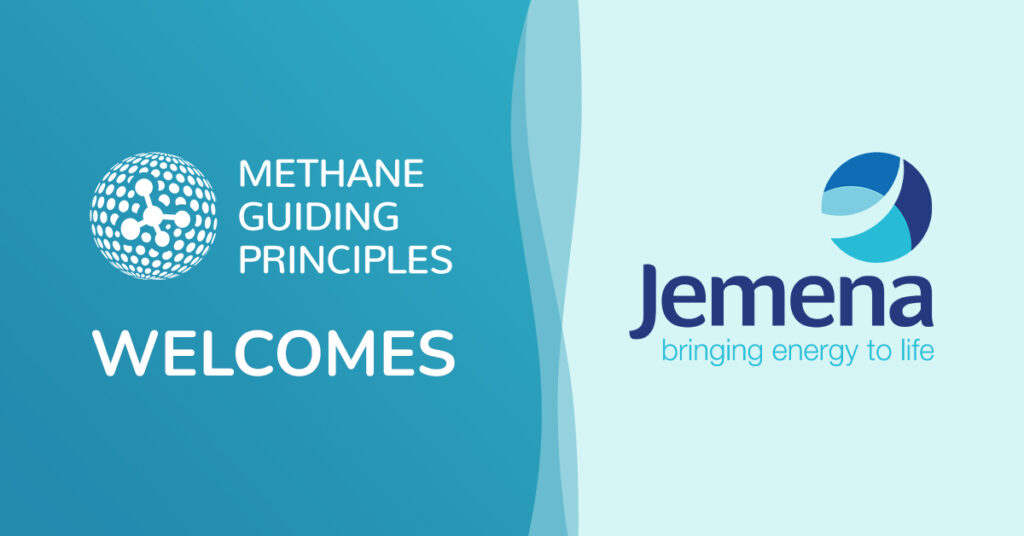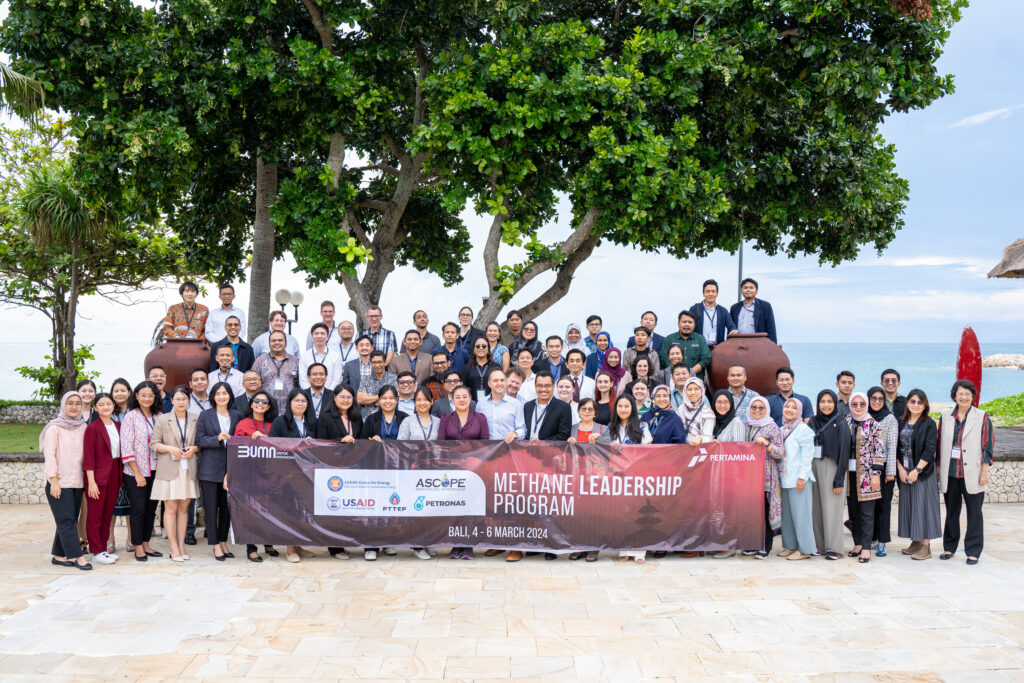Ipieca Executive Director Brian Sullivan, IOGP Executive Director Iman Hill and GGFR Program Manager Zubin Bamji describe how the flaring management guidance can help industry, government and regulators work together to reduce CO2 and methane emissions and drive sustainable development.
One of the most critical challenges facing the world is transforming our energy systems to meet the needs of a growing global population while reducing greenhouse gas emissions. The urgency and size of this challenge require unprecedented collaboration across all sectors and countries. However, a healthy and prosperous future for our planet and the people on it is possible if we work together to achieve it.
The oil and gas industry has an important role to play in the energy transition by working to provide affordable and reliable energy, which is needed to fuel growth and improve living conditions for all. The aim is to produce this energy with decreasing emissions to support a net-zero world.
Significant greenhouse gas emission reductions can be achieved through the elimination of routine flaring, which produces CO2 and methane and can adversely impact air quality. By conserving or making use of the otherwise flared gas as an additional energy source, it can also support sustainable growth.
We are pleased to have just released a new edition of the Ipieca–IOGP–World Bank Global Gas Flaring Reduction Partnership (GGFR) Flaring Management Guidance. It provides practical guidance for the industry, governments and regulators on how to eliminate routine flaring and instead use the gas in a variety of productive, value-adding ways.
Since the first edition of this guidance was produced in 2011, we have seen an increasing commitment from industry and government to end routine flaring. This momentum is reflected in the growing commitments to the World Bank’s “Zero Routine Flaring by 2030” initiative and flare reduction projects actively under implementation or under consideration.
Between 2019 and 2020, it is estimated by the World Bank’s GGFR that annual global flaring from upstream oil and gas facilities decreased from 150 billion cubic meters (bcm) to 142 bcm. While progress is being made, the volume of flared gas in 2020 would be enough to power all of sub-Saharan Africa, giving some idea of the scale of the challenge we are still facing.
Building a shared understanding of the wide range of potential benefits among all stakeholders – including owners, operators, financiers, regulators and governments – is key to encouraging them to work together and overcome the barriers to reducing flaring and using the gas as an energy source or to conserve it.
This guidance provides governments, industry and other stakeholders with a framework to continue the process of ending routine flaring. It details new flaring management and reduction developments and examines industry experiences with eliminating flaring, new technologies, business models, operational improvements and regulatory policy. It also features case studies and examples of positive change, showing how governments and companies have reduced flaring and put the gas to productive use.
Importantly, it also includes a section for governments and regulatory bodies, showing how they can encourage and incentivize associated gas utilization, demonstrating the climate, social and financial benefits that working together on flare reduction can have for communities.
Recent reports from the Intergovernmental Panel on Climate Change and others make it clear that the need to reduce emissions across all sectors of an economy is critical. We encourage oil and gas companies, governments and development institutions around the world to endorse the Zero Routine Flaring by 2030 initiative and play their part in delivering the Paris Agreement commitments and achieving the UN Sustainable Development Goals.
Download the Flaring management guidance for the oil and gas industry.
Authors
Brian Sullivan, Ipieca Executive Director
Iman Hill, IOGP Executive Director
Zubin Bamji, GGFR Program Manager, World Bank




